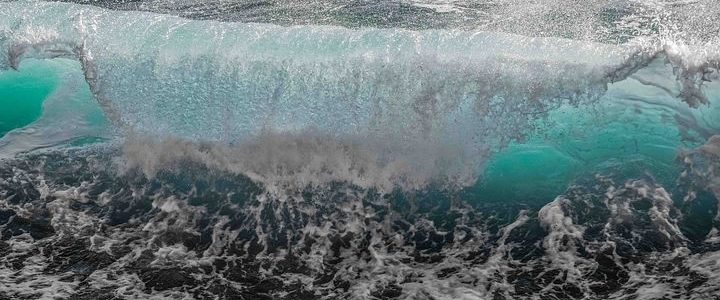
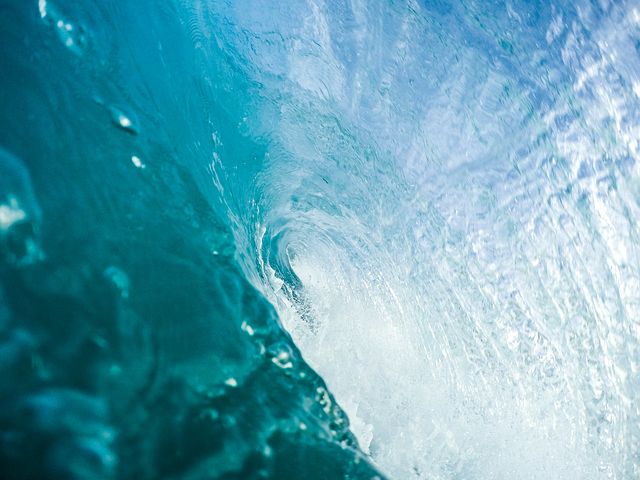
We talked briefly about the immense amazingness of the ocean in our article Source Series: The Tides of Change. So we don’t need to remind you all of the incredible ecosystem which surrounds us (let me just recap that 71% of the Earth’s surface is covered with ocean!). But we do need to explore another renewable energy source which this part of our Planet provides us with: wave energy. We see waves crashing into shorelines with intense power. They make for quite beautiful photographs. Some of us ride that power while standing precariously atop a small piece of polyurethane and fiberglass. But can they be functional as an energy source?
Waves are created by wind blowing across the surface of the water. Wave power is determined by wave height, speed, length and water density. This is a renewable energy source which can be predicted – think surfers who travel the world following the big waves – and there is a constant supply. Waves travel large distances with little loss of energy. We can predict wave patterns, but what varies on a more day to day basis, even hour to hour, is the height and amplitude.
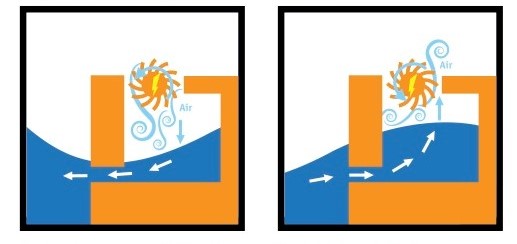
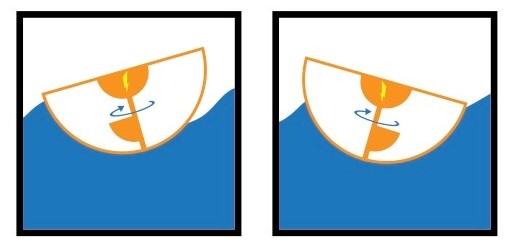
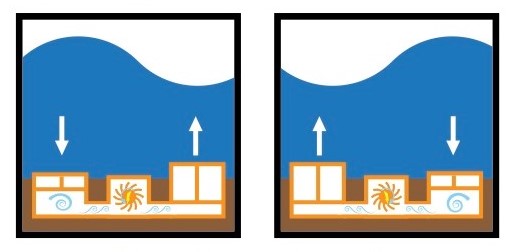
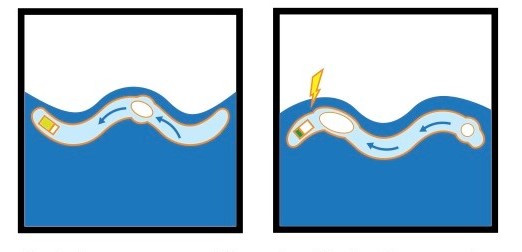
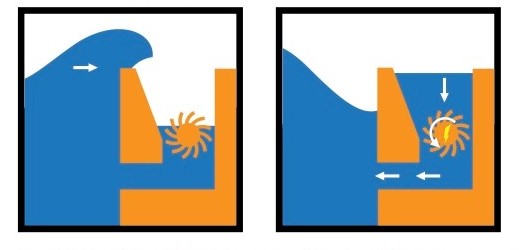
Wave power is harnessed by using mechanisms near or on the surface of the water. They extract the energy from either surface motion of waves or from pressure variations below the surface. Wave power devices are very varied in their design and functionality. Examples of such devices are surface attenuators; oscillating wave surge converters; overtopping devices, terminators or point absorbers (see pics of some examples, from Beachapedia). But the idea for harnessing wave power is actually not new – you might be interested to learn that this energy source was being used for electricity way back in 1910, when Bochaux-Praceique used waves to light and power his house in Bordeaux, France.
Wave power technologies are expensive to develop and test, expensive to install and they have significant ongoing/maintenance costs due to the fact that most are subsea. But did you know that the average maintenance spend for an offshore oil rig is approximately $2.5 billion for its lifetime?? Add to that that 10% of its total output of hydrocarbons is attributed to this maintenance! One EU funded report looking at the cost of running a particular wave energy device (Pelamis, in the Pacific Ocean) estimated that the total lifetime cost of this device, from installation to annual maintenance and even decommissioning, would only be in the range of $7-14 million. Clearly this is more economical AND better for the planet than our current fossil fuel energy choices. Wave power certainly deserves more investment.

One Russian entrepreneur, Inna Braverman, is certainly taking care of that. She founded Eco Wave Power in 2011 with wave energy projects in the UK, China, Mexico, Chile, Israel and others! She has recently been names by 24/7 Wall St as one of The 31 Most Influential Women of the 21st Century. I want to say this woman is making waves…but in fact she’s actually harnessing their power.
Here’s a final stat to really make sure you’ll get behind this renewable energy source: the recoverable annual energy potential of waves off the coasts of the United States is estimated to be as much as 1.1 trillion kW hours per year, or the equivalent of about 1/3 of U.S. electricity utilization in 2017!



